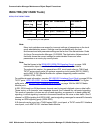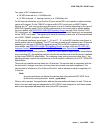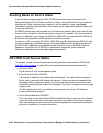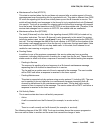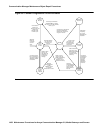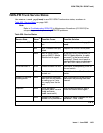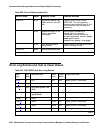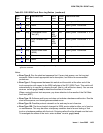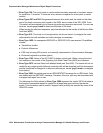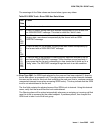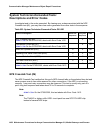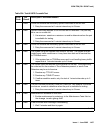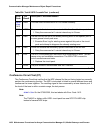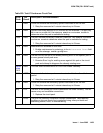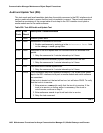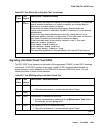
Communication Manager Maintenance-Object Repair Procedures
1454 Maintenance Procedures for Avaya Communication Manager 3.0, Media Gateways and Servers
f. Error Type 130: The circuit pack or media module has been removed or has been insane
for more than 11 minutes. To clear the error, reinsert or replace the circuit pack or media
module.
g. Error Types 257 and 796: Disagreement between this switch and the switch at the other
end of the trunk connection with regard to the ISDN service state of the DS1 ISDN Trunk.
This switch will automatically try to recover by performing a service state audit. You can use
status trunk grp#/mem# to determine the state of the trunk.
When running the short test sequence, pay close attention to the results of the Service State
Audit test (#256).
h. Error Type 513: This trunk is not recognized by the far-end switch. Investigate the trunk
administration for both switches and make changes as necessary.
i. Error Type 1025: An unexpected SERVICE or SERVICE ACK was received. Possibilities
include:
● Translations conflict
● Protocol differences
● ESS may be using NI3 protocol, not currently implemented in Communication Manager.
● B-channel negotiation problem (glare)
j. Error Type 1793: failure of the DS1/UDS1 Interface circuit pack. When running the short
test sequence, the results of the Signaling Link State Check Test (#255) are important.
k. Error Type 3073: service State Audit attempt failed (see Test #256). The trunks will not be
usable for any outgoing calls (although incoming calls will be accepted) until the test passes
and the trunk state is changed to in service (use status trunk grp#/mem# to investigate
trunk status).
l. Error Type 3585: the switch receives an ISDN RESTART message for an ISDN trunk. Calls
are cleared with the RESTART message. Therefore, this error type may be associated with
a dropped call report from a user.
The following Aux Data values for Error Type 3585 represent the trunk’s ISDN call state at
the time the unexpected request to restart the channel was received from the remote
switch. This information can be useful if dropped calls (cutoffs) are reported by users of the
ISDN-PRI trunks.



